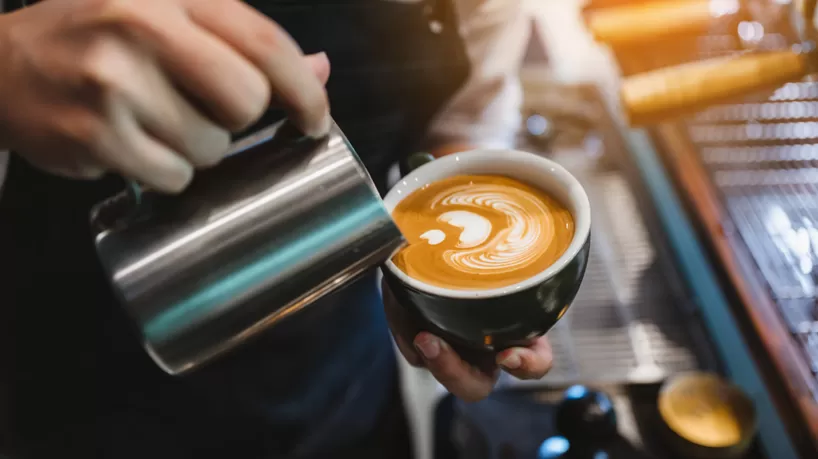The True Cost of Your Daily Brew: Why Coffee Isn’t Just About Beans and Milk
While sipping my morning cup of tea last week, a segment on a breakfast show caught my attention: a café owner defending the price of her coffees. The very next day, an evening news segment popped up comparing a cheap convenience store brew to a barista-crafted coffee. It made me reminisce about my early days in the coffee business some 30 years ago. Back then, the art of coffee wasn’t nearly as refined—foam was heaped on cappuccinos with a spoon, and almost everyone opted for full-cream milk. Simplicity defined the ‘90s, but as we’ve stepped into the 2020s, coffee has become a complex art form, and one bad cup can spell disaster for a business.
So, let’s break down how much it really costs to make your favorite cup of coffee.
What Goes Into the Cost of a Coffee?
It’s essential to remember that your local café doesn’t have the buying power of large chains. Often, they purchase freshly roasted beans from local suppliers, which come at a premium due to higher production costs. If we take a medium-sized, 12oz (400ml) take-away coffee as an example, it’s typically made with two shots of espresso, totaling 24 grams of ground coffee. A local café owner I spoke with estimated that the cost for the beans alone is around 80 cents per cup. Adding in the milk—supporting a local dairy farm at $5.00 for two liters—comes to 78 cents for 300ml of frothed milk. Factor in the takeaway cup and lid, and that’s an extra 20 cents. All together, the basic cost per coffee is $1.78.
The Impact of Labor on Coffee Prices
Labor is where the real costs climb. Unlike a machine-brewed coffee, which lacks the touch of a skilled barista, a café employs trained professionals who can make your drink exactly how you like it. Calculating labor can be tricky, as it depends on how busy the café is and the barista’s efficiency. But, as a general industry rule, labor costs add about $1.00 per cup.
Here’s a breakdown:
- Selling Price: $6.00
- Less GST (10%): $0.55
- Coffee Beans: $0.80
- Milk: $0.78
- Cup and Lid: $0.20
- Labor: $1.00
- Total Profit: $2.67
The Hidden Costs
But that’s not all. Cafés have to deal with additional overheads, including rent, utilities, licenses, insurance, and maintenance costs, much like running a household but on a larger scale. The reality is that the hospitality industry in Australia is facing a crisis, with many businesses closing due to sky-high overheads. As consumers tighten their belts, luxuries like dining out and daily café visits often take a hit.
Supporting Local Businesses
Next time you think about the cost of your coffee, consider that you’re supporting more than just your local café. You’re contributing to a network that includes local coffee roasteries and dairy farmers. So, sit back, sip, and enjoy your coffee, knowing that it fuels a whole community.
Drink and enjoy.


